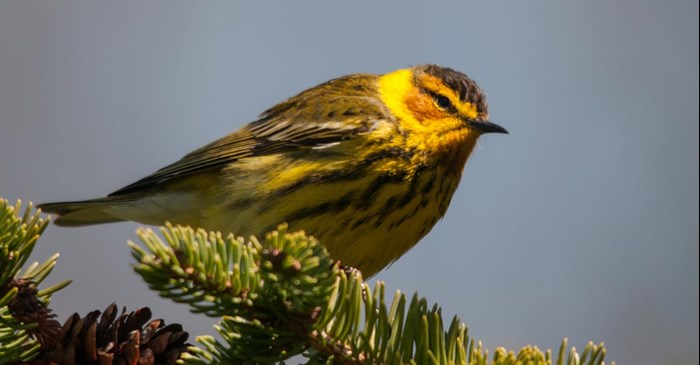Just as humans vary in their traveling habits—homebodies preferring to stay local while others harbor wanderlust for far-off places, the migratory habits of birds also vary by species, families and even groups within families. Whether they migrate for food, shelter, seeking refuge from extreme weather, or searching for ideal breeding conditions, the complexity of evolved patterns of bird migration are indeed astounding.
While Northern Cardinals, most woodpeckers and Carolina Wrens are basically non-migratory, birds like the American Tree Sparrow, Snow Bunting and Lapland Longspur nest in the far north and winter in the east. Vesper and Chipping Sparrows, Common Grackle, and Red-winged Blackbird, nest much farther south in the U.S. and Canada and move south for the winter to areas along the Gulf of Mexico. Some hardier birds remain in severely cold climate zones in protected areas—like the Common Snipe, frequently found in the coldest area of the Rocky Mountains where warm springs assure a food supply.
Other species have what’s known as a "leap-frog" migration pattern like the eastern population of the Fox Sparrow, which breeds from northeastern Manitoba to Labrador. In winter it is found in the southeastern part of the United States. Some groups hardly migrate at all, while others fly from far north from Alaska to far south in California, leaping over their cousins. They are apparently sensitive to the overcrowding effect and the scarce resources that will result if they all populate the same area at once. Smart birds those Fox Sparrows!
Over 300 breeding species fly great distances as world travelers, spending winters in the West Indies, Central America, or South America. The Cape May Warbler breeds from northern New England, northern Michigan, and northern Minnesota, north to New Brunswick, Nova Scotia, and almost all the way to the northwest lakes of Canada. In winter it flies all the way to the West Indies on the island of Hispaniola.
hen searching for the bird that migrates the longest distance, the Arctic Tern wins this competition easily. It is truly an Arctic bird, with a breeding range that is circumpolar, nesting into the tundra as far north as the land extends. From their North American breeding grounds, the Tern travels 11,000 miles in only a few months to land in Antarctica!
These amazing and varied worldwide patterns are wonderful in many ways. When you consider how far your feathered friends have traveled, observing them nesting or feeding in our own backyards makes their presence truly a privilege!
